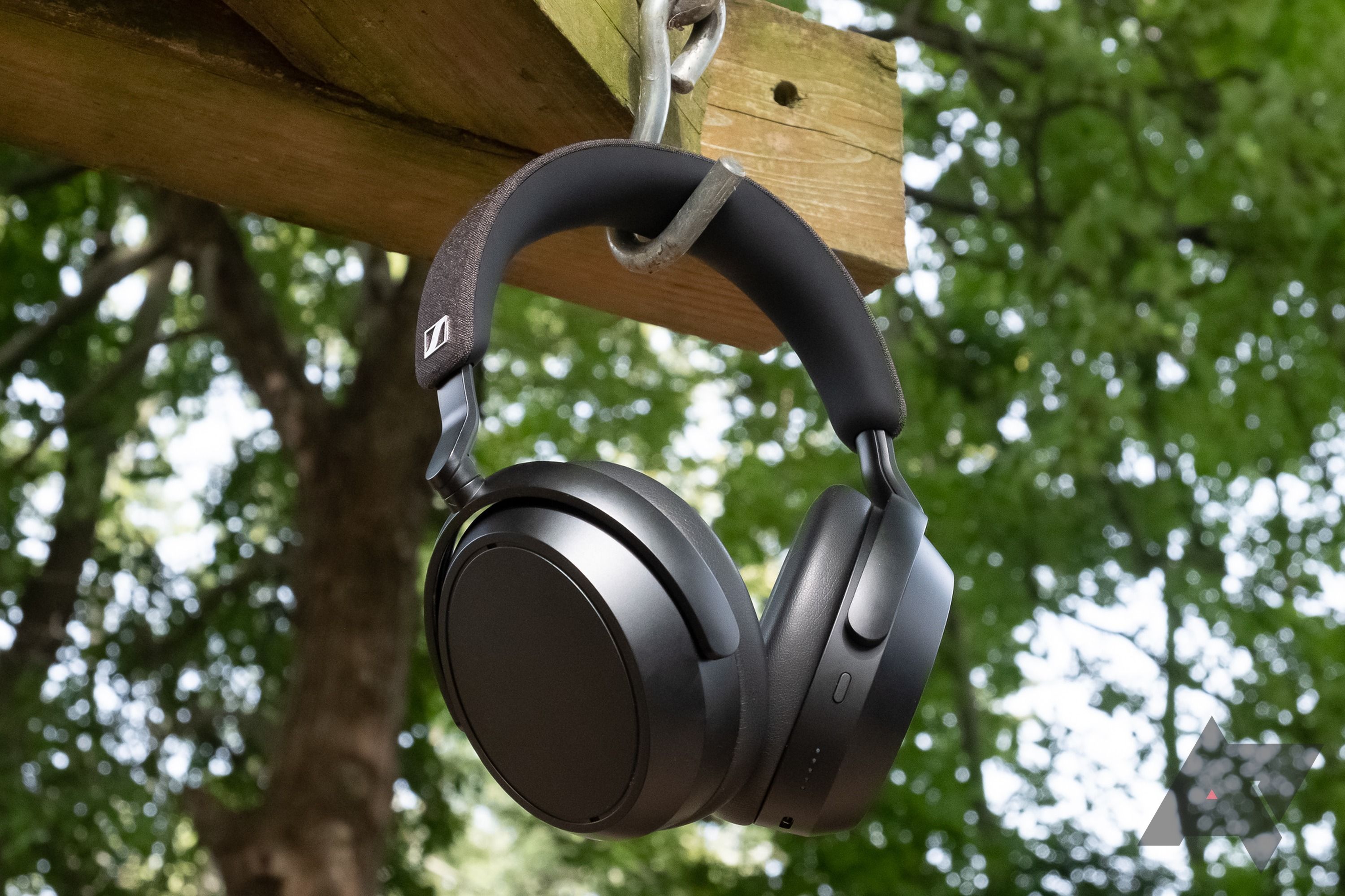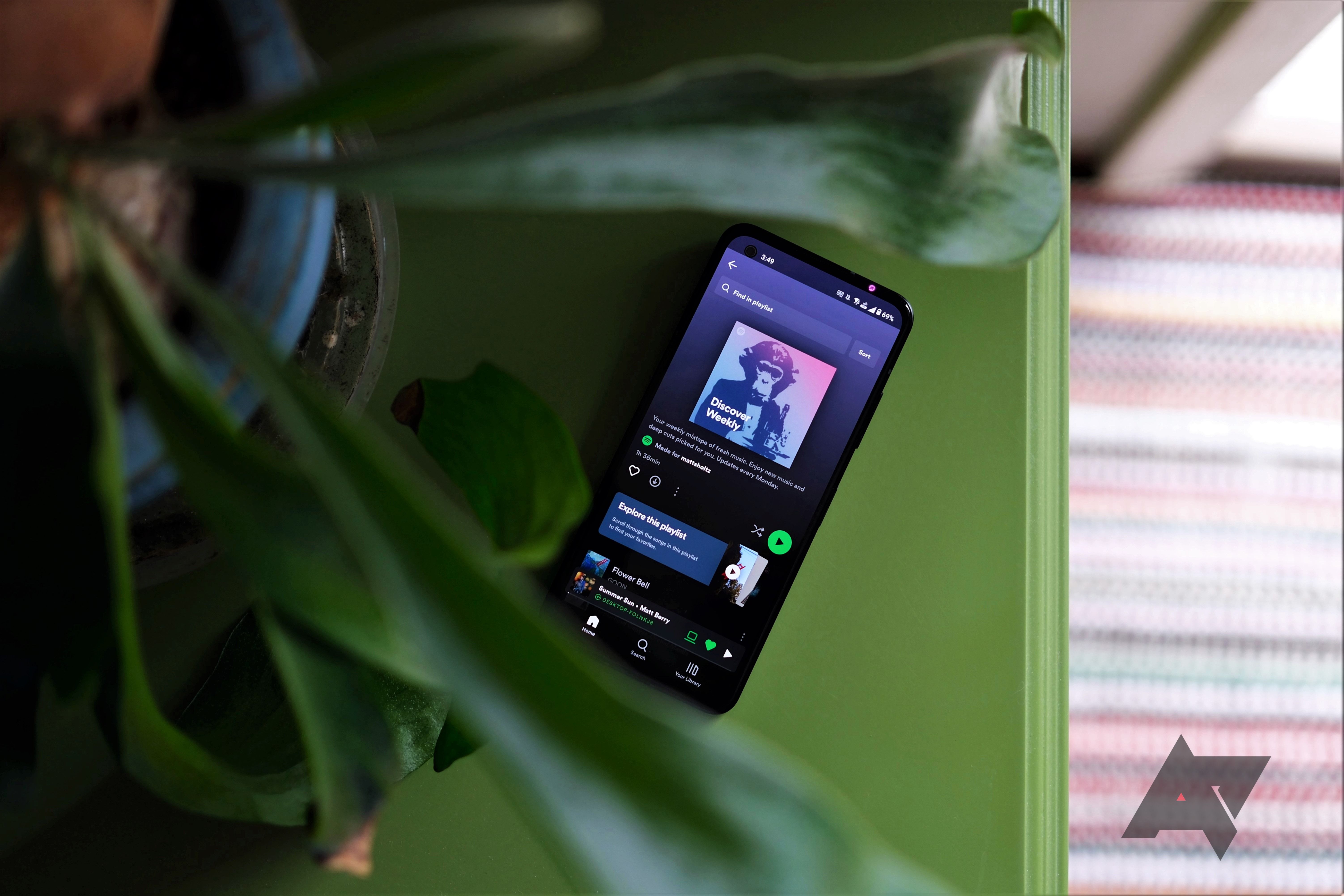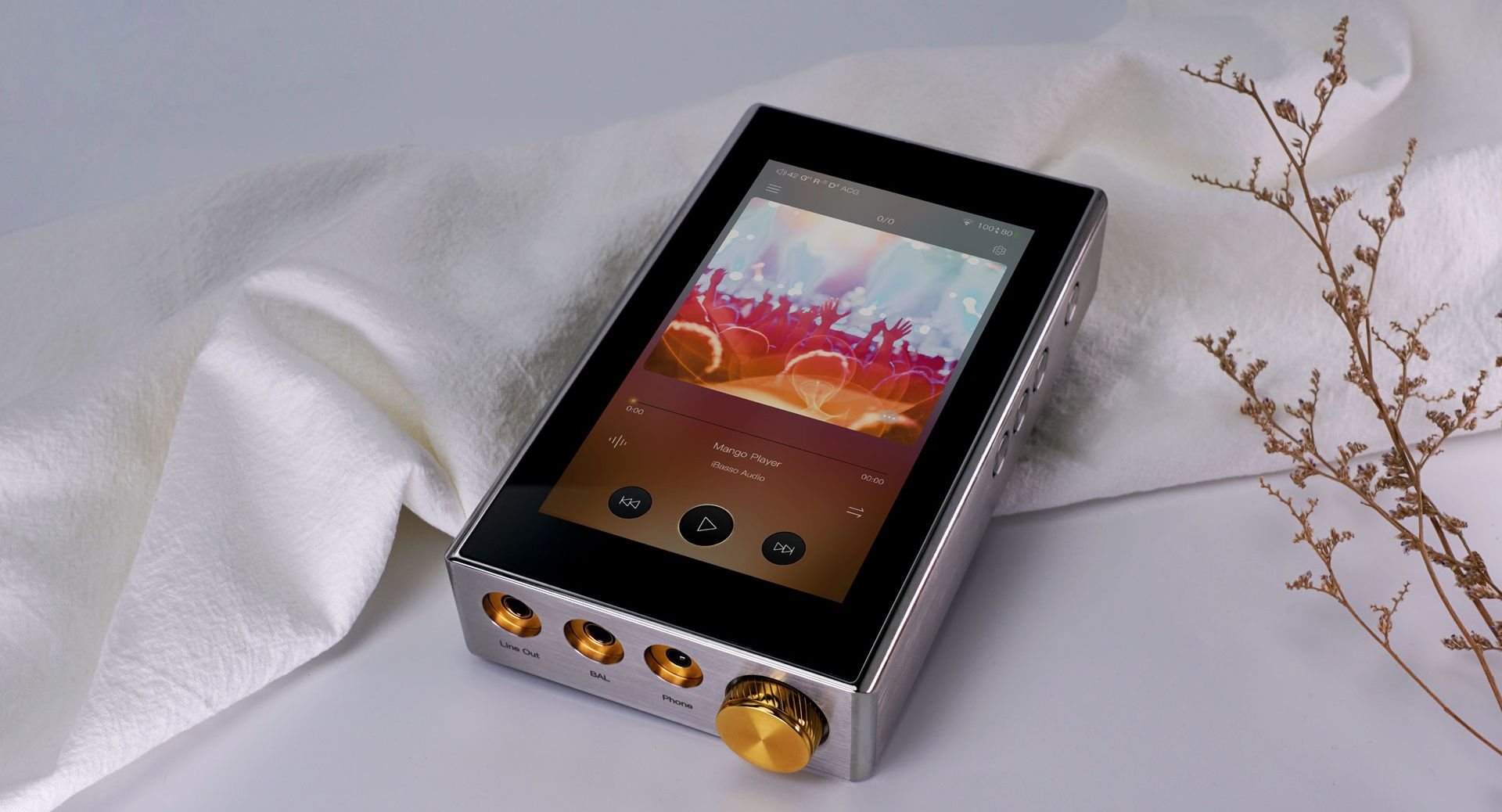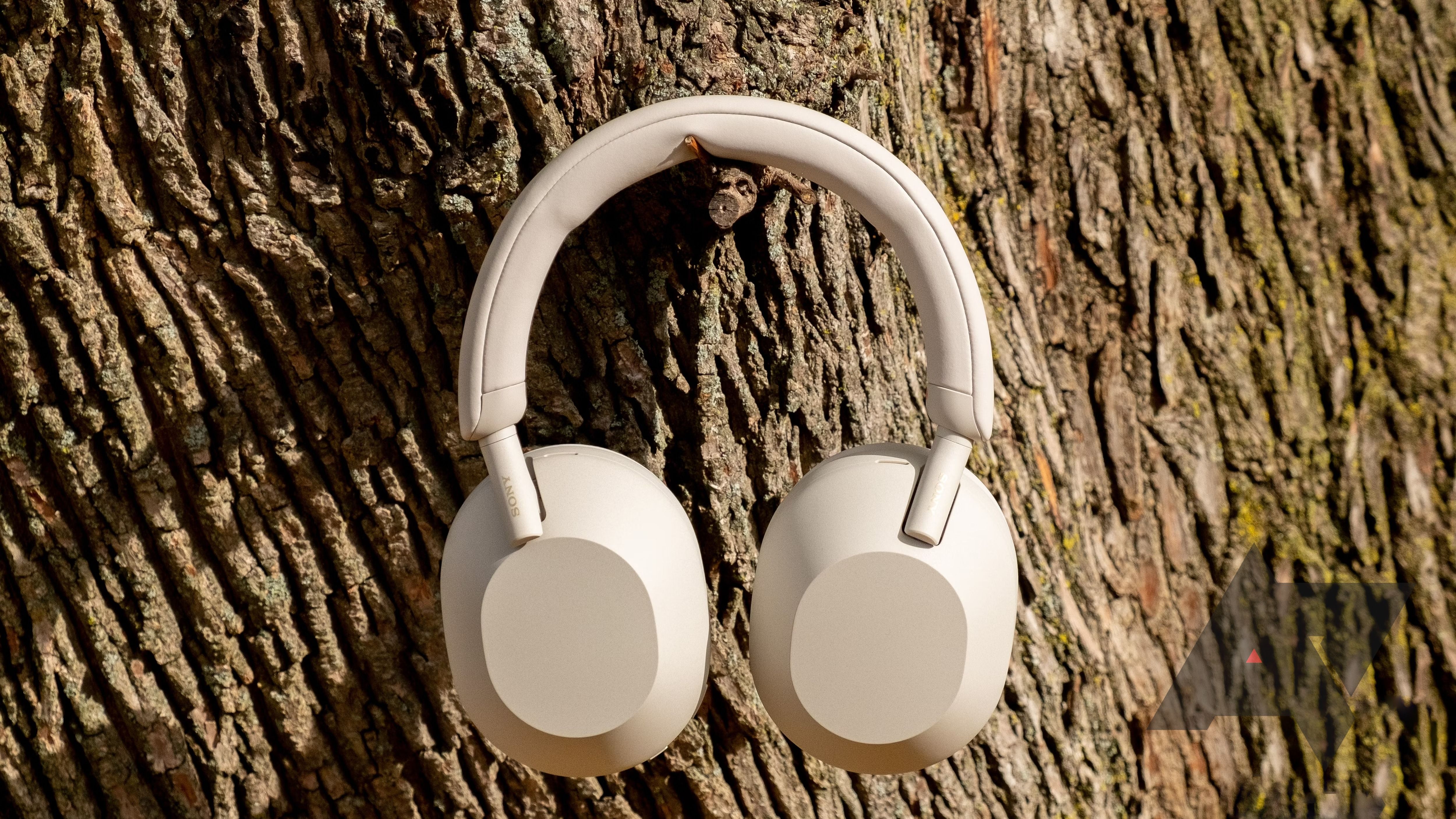Tech marketing loves buzzwords. Some, such as “AI,” actually refer to novel developments with practical use cases (despite constant overuse). Others, like “9H glass hardness”, might be technically correct but have no real-world application (because all glass exceeds 9H hardness).
High-resolution audio falls into the second camp for most people. Despite the hype streaming services like Tidal and Qobuz get, even ardent audiophiles agree that the upper tiers of high-res encoding are overkill for 99% of users, and even trained ears often can’t tell the difference. Let’s get into it.
What is high-res audio?
There’s no absolute definition
While not set in stone, “high-res audio” commonly refers to sample and bit rates exceeding CD-quality 44.1kHz and 16 bits. Some services, like Amazon Music, offer a slightly lower-res HD format, which is still technically superior to what lossy formats like MP3 deliver.

Moondrop takes shots at Apple in latest ad for its audiophile Android phone
Oversized DAPs weren’t spared either
But here’s the kicker: Lossy compression, like Ogg Vorbis and AAC that Spotify and Pandora use, doesn’t noticeably alter playback quality for users when done right. Conversely, high-res audio offers most people no audible advantages over typical MP3s as long as the compressed stream is encoded at a high enough bit rate.
Why high-res audio doesn’t matter
Please don’t kill me, audiophiles
I’m skeptical by nature and admittedly biased against hyped-up fads and breathlessly touted technological marvels (NFTs, anybody?). And all ears are different — anybody could have a different experience than me or any audiophile. But there are several reasons not to hassle with high-res audio.
44.1kHz sampling covers the entire human hearing range
According to the Nyquist-Shannon sampling theorem, a sample rate needs to double a particular frequency to reproduce it faithfully. In other words, a 44.1kHz sample rate accurately recreates frequencies up to 22.05kHz. That tops the roughly 20kHz ceiling of perfect hearing. And if you’re over 35, you’ll struggle to hear frequencies anywhere near that.
Standalone music players may never make a mainstream comeback
Reality’s so loud it doesn’t matter
Bit depth impacts a track’s noise floor and precision dynamics more than anything. That would technically translate to more easily picking up extremely quiet sounds and minuscule volume, pitch, and color differences. But 16-bit’s -95db noise floor undercuts even anti-noise anechoic chambers. And the human ear isn’t able to differentiate between the exceedingly subtle dynamics of 24-bit encoding. We just can’t hear well enough for anything over 16 bits to make a difference.
Most masters aren’t made for it
When high-res audio was extremely rare and barely heard of, a special release album would get a princely remastering treatment to ensure it took full advantage. In those cases, it might be easier to tell a real-world difference.

How to listen to Apple Music’s lossless tracks on your Android or iPhone
Apple Music supports lossless audio with a bit of work: Here’s how to get the best sound around
But poor selection is a major obstacle to high-res streaming’s widespread adoption. As catalogs grow to satisfy demand (and the novelty drops), master quality often takes a hit, too, as large batches of remastered albums probably won’t get the same expert touch. A mediocre high-res remaster could, in theory, sound worse than an original, CD-quality release.
Bluetooth’s a bigger bottleneck
AptX Lossless supports up to 1,200Kbps and 24-bit depth in ideal conditions, a hair above the bandwidth of CD audio. But in a congested wireless environment, it won’t perform that well, and average consumer headphones don’t support AptX Lossless.
Others (like AAC) compress audio significantly without noticeably hurting quality, as long as the bit rate’s high enough. But they don’t have the bandwidth to transmit uncompressed, lossless formats.
Your headphones aren’t good enough
Consumer headphones are tailored to work well with most genres of music while requiring no end-user equalization. They’re one-stop, plug-and-play accessories with effective, but not actually super-high-end internals. And they likely lack the acoustic and DAC quality needed to utilize high-res audio.
Even the class-leading Sony WH-1000XM5s don’t have the sound signature, driver precision, or DAC consistency to benefit from high-res audio. And, considering how common closed-back designs severely limit perceived soundstage width and high-end clarity, high-res streaming makes no sense over Bluetooth.
Audiophiles tend to agree
In a topic where “It sounds better to me” is actually a defensible argument, consider testimony from people who have spent thousands on top-shelf gear. “Is high-res audio worth it?” has been asked countless times in both general and audio-centric forums.
Far more often than people defending ultra-high sample and bit rates, you’ll find heavily invested, self-described audiophiles pointing out that, no, they can’t actually tell the difference, barring a few instances involving critical listening and side-by-side comparison. And listening to music that way isn’t any fun.
You can test it yourself
It’s called ABX testing: Listen to a sample from recording A, then one from recording B, then sample X, randomly chosen from the two. It’s super simple. This website lets you easily test if you can differentiate between Spotify and lossless audio. Give it a shot, and share your results in the comments!

Best noise cancelling headphones in 2024
Drown out the outside world with the best noise-cancelling headphones available
Why does high-res audio exist?
Useful for pros, and reassuring for consumers
High-fidelity recording and high-resolution encoding provide producers making, mixing, and mastering music with the freedom to alter sounds, using techniques like stretching or pitch adjustment, without losing or distorting audio data. If you don’t work with audio on that level, high-res wasn’t developed for you.
Nonetheless, tons of fervent non-producer audiophiles invest in high-bandwidth streaming. And a likely majority understand the human ear won’t get much out of it. Some argue that frequencies outside the human hearing range can affect what we hear, but a deep dive paints that claim as mostly speculation.
So why do those audiophiles keep running with high-res streaming? One of a few respectable answers: They’re purists, they know it, and feeding the purest possible data into their well-curated system makes them happy. That’s absolutely fine, and even a skeptical old curmudgeon like me can’t argue against it.
For most consumers, it’s a waste of money
If you mostly use wireless headphones, don’t bother. If you rarely sit alone wearing headphones or in front of big speakers for focused listening experiences, high-res audio won’t benefit you. If your wired headphones use a typical unbalanced input and don’t require an amp, high-res won’t matter. And if you’re roughly 40 years or older (or a veteran of many concerts), your ears won’t be picking up any differences.
After all, even many of the people who swear by it will freely admit it’s a negligible, subjective feature. If it’ll make you happy, go for it — but if you’re on the fence at all, don’t waste your time or money. Just get Spotify.
Unless you’re a cat and can hear up to around 60kHz. In that case, your human slave needs to subscribe you to high-resolution streaming posthaste.

5 best Android phones for audiophiles
Are you an audiophile looking for the perfect Android phone?






